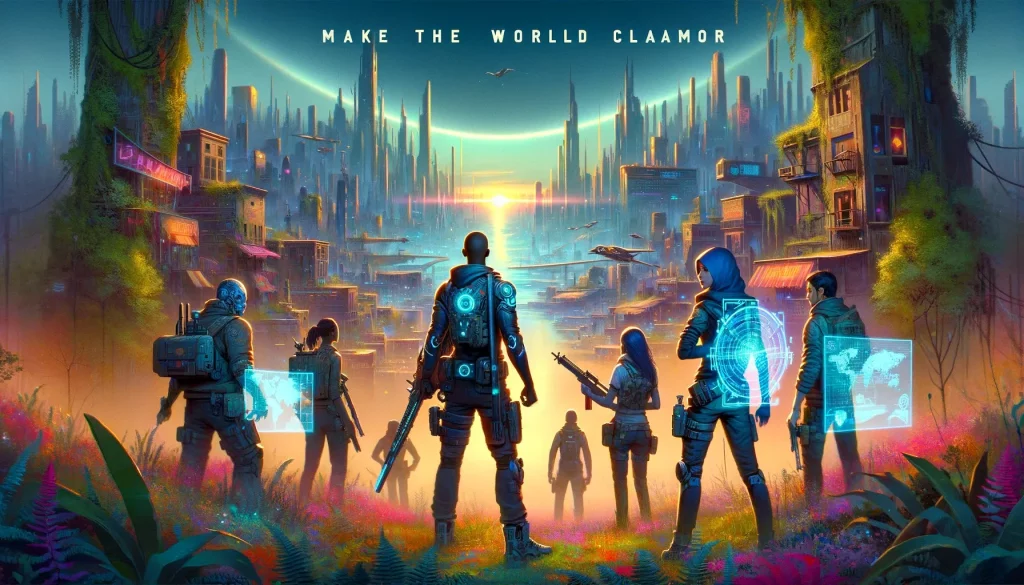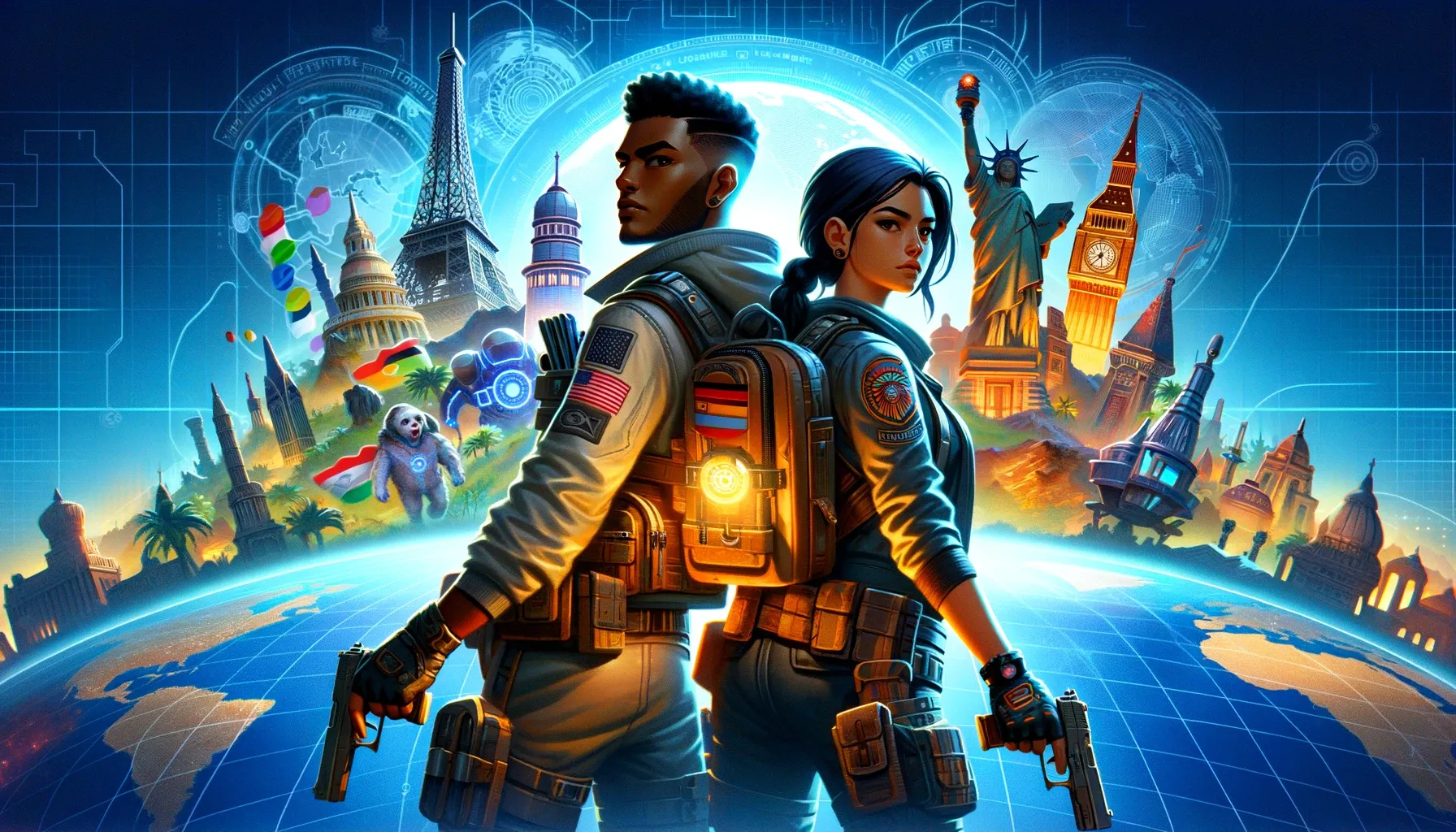Table of Contents
Elevate your Honkai Impact 3rd experience with the “Make the World Clamor Light Cone”. Unleash the power of unity and collaboration in your gaming journey. Discover its impact today!
The concept of a light cone is one of the most intriguing ideas to come out of Einstein’s theory of special relativity. In simple terms, the light cone represents the boundary between events that can affect each other and those that cannot. This fundamental idea has implications for our understanding of causality, the beginning of the universe, interstellar travel, and more. As we explore the properties and meaning of light cones, their importance for illuminating our comprehension of spacetime becomes apparent.
The Concept of Causality
Causality is the principle that events occur in a logical, cause-and-effect sequence. For example, a ball being thrown causes it to fly through the air and land at a certain spot. In everyday life, we take causality for granted. However, according to special relativity, causality imposes an absolute speed limit – the speed of light. Only events inside each other’s light cones can influence each other. Anything outside is inaccessible. This cosmic speed limit shapes our reality in profound ways.
Faster-Than-Light Travel and Causality Violation
The tantalizing possibility of faster-than-light (FTL) travel invites explorations of causality violation. If an object could move faster than light, it might exit another object’s future light cone. Therefore, effects could precede causes in contradictions of logic. Most physicists believe FTL travel implies time travel, with its attendant paradoxes. Examining hypothetical FTL scenarios illuminates causality’s role as a cosmic traffic cop. However, actual FTL travel remains speculative.
The Possibility of FTL Neutrinos
In 2011, the OPERA experiment mistakenly observed neutrinos apparently traveling faster than light. While the result was due to an error, it created temporary excitement about FTL particles. Neutrinos have minuscule mass, so they interact rarely with other matter. If neutrinos could exceed light speed, some theories allow they might escape light cones without enabling causal paradoxes. While mainstream physics still prohibits FTL speeds, neutrino anomalies provoke thought about light cone boundaries.

FTL Travel in Science Fiction
Science fiction often depicts FTL spacecraft traversing the galaxy. Writers utilize imaginative concepts like warp drives, hyperspace jumps, and wormholes permitting effective superluminal speeds. While firmly in the realm of speculation, these notions fire our dreams about exploring strange new worlds and galactic possibilities. Through fictionalized extrapolations of light cone theory, sci-fi transports us on amazing voyages violating the ultimate speed limit.
Real-World Applications of Light Cones
Beyond speculative realms, light cones have tangible applications in fields like astronomy, computer networks, and finance. Since light cones demarcate causal boundaries, astronomers observe distant galaxies’ light cones to study the observable universe. In networks, transmission delays mean information packets have finite light cones. In high-speed trading, light cone lags give some parties fleeting arbitrage advantages. By incorporating relativistic effects, we utilize light cones in practical ways.
Light Cones in Einstein’s Theories
In Einstein’s revolutionary 1905 paper outlining special relativity, he introduced the core concepts underlying light cones. Later, in his 1915 general relativity theory, Einstein explained how gravity curves spacetime, bending light cones. Together, these two theories provide the framework describing light cones’ characteristics. Einstein’s genius insights on spacetime intervals and invariance of the speed of light established light cones as integral to relativity’s explanatory power.

Light Cones and Quantum Entanglement
Quantum entanglement generates correlations between particles exceeding light speed limits. Some theorists invoke hypothetical quantum wormholes permitting faster-than-light communication. However, most interpretations view entanglement as just revealing pre-existing correlations when particle states are measured. Since no causal influence occurs, quantum effects don’t actually violate light cone constraints. Entanglement highlights deep connections between quantum physics and relativistic causality.
Philosophical Implications of Light Cones
Light cones have thought-provoking philosophical interpretations. Our reality stems from intersubjective mental models, built via data gathered within our light cone. Each person’s unique cone bounds their accessible spacetime region, shaping individual experiences. Our light cones erect experiential boundaries, both enabling communication and isolating us. Reconciling subjective light cones underlies building shared reality. Light cones illuminate metaphysics.
The Light Cone and the Beginning of the Universe
Given a finite cosmic speed limit, we cannot observe events beyond a horizon before the Big Bang. This cosmic horizon forms the past tip of our observable light cone. Peering beyond this veil likely requires a quantum gravity theory merging general relativity and quantum mechanics. Mysteries about conditions predating the Hot Big Bang, like cosmic inflation, remain unresolved. Thus, the light cone boundary intrigues physicists and cosmologists pondering the origin of reality.
Make the World Clamor best for
Make the World Clamor is best for creating a sense of unity and shared purpose among individuals or groups. It fosters cooperation and collaboration, encouraging people to come together and voice their concerns, ideas, and desires. This approach can lead to positive changes, from addressing societal issues to achieving collective goals, by harnessing the power of collective voices and actions.
Observing Distant Light Cones
Astronomers observe distant stars and galaxies by detecting light emitted long ago, revealing past light cones. Since light takes time to travel, more distant objects show younger stages. This lets us see galaxies as they appeared billions of years ago, soon after the Big Bang. Future advanced telescopes could potentially approach the cosmic horizon, observing the ancient universe. Distant light cones contain clues to cosmic evolution, illuminating the deep past.
Light Cones in Curved Spacetime
In general relativity, gravity curves the geometry of spacetime. This causes light beams and light cones to bend around massive objects like our Sun. Physicists apply Einstein’s field equations to model light cone distortions near black holes and other strong gravity sources. Oddly warped and stretched light cones exist only in mathematical models. Nonetheless, they demonstrate that relativistic effects can dramatically transform light cone shapes.
Black Holes and the Light Cone
A black hole’s immense gravity severely twists passing light cones, dragging them inward. At the event horizon boundary, spacetime becomes so steeped that light cones tilt completely inward. Beyond this edge, all future paths lead inward, making escape impossible. Not even light emerges. The bizarre topography of compressed light cones creates black holes’ notorious inescapability. Here, light cones fully manifest their significance as destiny’s boundary.
The Future Light Cone and Free Will
Our future light cone reveals events potentially influenced by our actions. Because we cannot control what lies outside this forward cone, some suggest it demarcates the bounds of free will. However, quantum uncertainty likely injects some unpredictability into macroscopic outcomes. Chaotic dynamics imply minuscule perturbations may vastly change results. Perhaps free choices shape the future within flexible bounds, neither fully fixed nor utterly open. We will likely navigate possibilities within the light cone. Click to read about Walmart’s Diaper Return Policy.

Expanding the Future Light Cone
Science fiction dreams of opening larger vistas for human action by expanding future light cones. Vessels traveling at near-light speed could reach remote galaxies in reasonable timeframes. Wormholes could provide shortcuts linking distant points in space. Such capabilities would dramatically extend civilization’s reach and potentiate unforeseen advances. While speculative, the allure of widening future light cones drives hopes for technological breakthroughs granting broader possibilities.
Collapsing an Object’s Light Cone
Hypothetically, very rapid spacetime dilation could collapse an object’s future and past light cones into a temporal point. Cosmic strings graze each other at near lightspeed, producing some dilation. Around black holes, gravitational time dilation approaches infinity at the singularity. Also, Bob Geroch proposed collapsing an object’s light cone via a Tipler cylinder rotation. By enormously contracting light cones, such speculative physics illustrates their bounding influence.
Light Cones in Higher Spatial Dimensions
String theory models reality via 10 or 11 dimensions. While extra dimensions remain hidden, mathematically they should reveal higher-dimensional light cones. Complex calabi-yau shapes model curled-up dimensions. Projecting these shapes’ full light cones into 3D space could reveal polyhedral cross-sections. Higher dimensions multiply light cone angles. Speculatively, higher-dimensional beings might experience reality through expanded light cones undisclosed to us.
Manipulating an Object’s Light Cone
Science fiction imagines advanced civilizations manipulating an object’s light cone to enable time travel. Hypothetically, infalling light cones could be inverted by precise distortions, allowing a return to the past. Rotating cosmic strings might twist light cones into closed timelike curves. Wormhole connections could reroute light cones. While highly speculative, technology subtly altering an object’s local light cone is conceivable. This hints at an irresistible means of shaping reality.
Can a Light Cone Be Inverted?
Most physicists think inverting light cones for time travel is implausible. Closed-timelike curve solutions to Einstein’s equations employ unphysical assumptions like infinite energy densities. Quantum back-reaction effects likely prohibit closed causal loops. Exotic wormhole and cosmic string spacetime shortcuts face instability issues. While solutions exist mathematically, realizing inverted light cones in practice appears forbidden. Nature seems actively hostile to time travel, blocking efforts to overturn light cone directionality.
The Light Cone and Interstellar Travel
Science fiction depicts interstellar travel violating light-speed limits. In reality, light cones constrain voyage durations. A 4-light-year journey at 99% light speed takes over 4 years in the traveler’s frame. Approaching lightspeed contracts the destination’s light cone down to a Dirac delta function. The crew would emerge in Earth’s impossibly distant future. Interstellar light cones, limiting prospects for exploration, may isolate civilizations within islands of spacetime.
Final Words
By delving into light cones, we probe the deepest structure of reality. Causality’s absoluteness, the finite speed of light, and the relativity of spacetime become manifest through the properties of light cones. Furthermore, their boundaries shape the limits of our observable universe and scope for exploration. Light cones illuminate our connection to the beginning of time and frame our communication abilities. By understanding these ubiquitous constructs, we grasp profound truths about our cosmos.
FAQs about Make the World Clamor Light Cone
What Light Cones are good for Jing Yuan?
Light Cones in Jing Yuan are valuable for obtaining rare items and characters, making them a worthwhile investment for avid players.
What light cone is best for Herta?
Herta benefits most from Light Cones which offer equipment and weapons suited to her playstyle, enhancing her performance in Honkai Impact 3rd.
Is Star Rail related to Honkai?
Star Rail and Honkai Impact 3rd exist in the same universe but have distinct gameplay and storylines. While they share lore, they are not directly related.
Is Honkai: Star Rail worth playing?
Honkai: Star Rail is worth playing for fans of the Honkai universe, offering engaging gameplay, a compelling story, and stunning visuals.
How much RAM do you need for Honkai: Star Rail?
Star Rail typically runs well with 4GB of RAM or more, ensuring a smoother gaming experience on most devices

